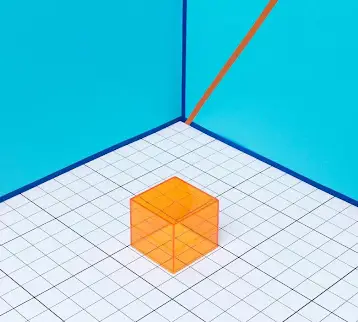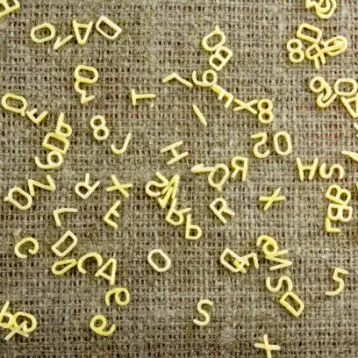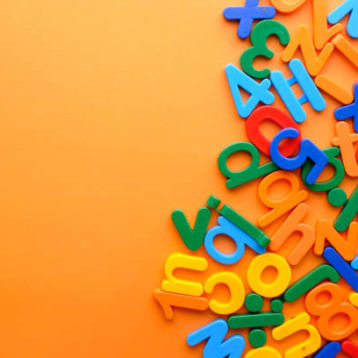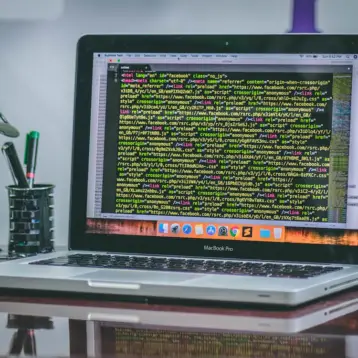When it comes to product development, a crucial step is creating a plastic prototype. Prototyping allows for testing, design evaluation, and improvement before launching the final product into the market. When choosing the correct plastic prototyping method, several factors need to be considered, such as cost, material selection, technology availability, and production timeline. This post will explore techniques and considerations that can help you make informed decisions when selecting your prototyping method.
Molded Method
Molded prototyping is a practical approach for producing prototypes with high accuracy and tight tolerances. However, there may be better options for those working on a short timeline because of the time it takes to create a mold prototype. Molded prototypes produced using injection molding systems or other technologies that depend on molds may take several weeks to months to complete.
As for the question, how long does a mold prototype take to make? It depends on who is performing the process, as no exact answers are available online for this question.
Additive Manufacturing
This has become one of the most popular methods used recently due to its ability to track designs easily through various software tools like SolidWorks or AutoCAD. Additive manufacturing processes, such as 3D printing machines from developers like Stratasys or Formlabs, have become more affordable nowadays compared to when they were first launched years back. However, those seeking speedy production turnaround could opt for other approaches like the sheet lamination technique, which uses adhesives or paper sheets encased in binders.
Consideration Factors in Choosing Any Prototyping Methods
- Durability: Considerations for durability need to be looked at since some designs require materials that resist heat changes, while others need non-color-changing plastics unaffected by light exposure over specified timeframes required by safety regulations.
- Production Timeline: Lead times should be taken into account, such as needing extra time when working with modern approaches compared to simple early-days styles dating back decades ago, which also impacts budgets.
- Complexity & Design Iterations: Some designs involve components with intricate curves spanning numerous areas, offering unique challenges with limited space allocations requiring advanced scanning and designing software.
- Material Selection: Many items need materials that meet safety regulations. For example, airline interiors may require testing in aircraft conditions after initial checks. Therefore, material selection is vital when under compliance requirements. Additionally, if you’re focused on sustainability, environmentally friendly choices need emphasis.
Prototyping Techniques
Fused Deposition Modeling (FDM): FDM prototyping uses a 3D printer specially designed to print thermoplastic compounds. This technique allows manufacturers to produce parts with great detail while being tough enough to withstand constant use, ensuring product quality control suitable for consumer applications.
Stereolithography (SLA): This technology uses laser beams directed at photosensitive resin where layers are added incrementally by UV light cured between one another, creating a three-dimensional layout. SLA prototyping machines produce levels of detail with reproducibility less possible with standard cut-and-carve methods seen previously, offering enhanced modeling accuracy.
This can be useful in industries such as engineering, medical technology, and jewelry making since the effects of light-sensitive resins can be molded extremely finely without loss of detail or layers upon exposure during creation phases, comprising multiple designs and hours of learning processes. It significantly revolutionizes how companies model today, enabling them the freedom to reiterate their creative vision without costly do-overs.
Digital Light Processing (DLP): This technique produces high-resolution prototypes by creating digital patterns using a series of micro-mirrors coupled together to project transparent images onto photopolymer materials or liquid-based ones used interchangeably throughout various projects based on the scope needed. It’s cost-effective and has more expansive application areas, mostly popular within medical or dental fields, though lesser known than more common techniques. However, it continues to gain momentum rapidly.
The resulting prototypes created via this method serve purposes like aiding physicians in measuring dosage amounts pre-surgery or helping dentists improve tooth implantation rates, ultimately benefiting patients’ health outcomes.
Selective Laser Sintering (SLS): This prototyping method uses lasers to melt and fuse powdered plastic into solid objects. It enables fast and accurate production of geometrically complex prototypes, is very durable, and has high detail levels. It is a popular choice for aerospace design work where the shapes are crucially intricate and necessary to finish with.
Wrapping Up
Choosing the proper prototyping method depends on many factors, such as complexity, material selection, and production timeline. Consider several approaches before determining what works best for your project since there’s no one-size-fits-all solution in production techniques. Also, remember to consider how long mold prototypes take because different methods come with varying lead times before delivery. Thus, requiring more resources allocated accordingly; otherwise, you risk being stuck at bottlenecks hindering progress in producing sooner rather than later. Adequate planning results in successful product completion, keeping you on top of your game compared to others who might have ignored such considerations.










